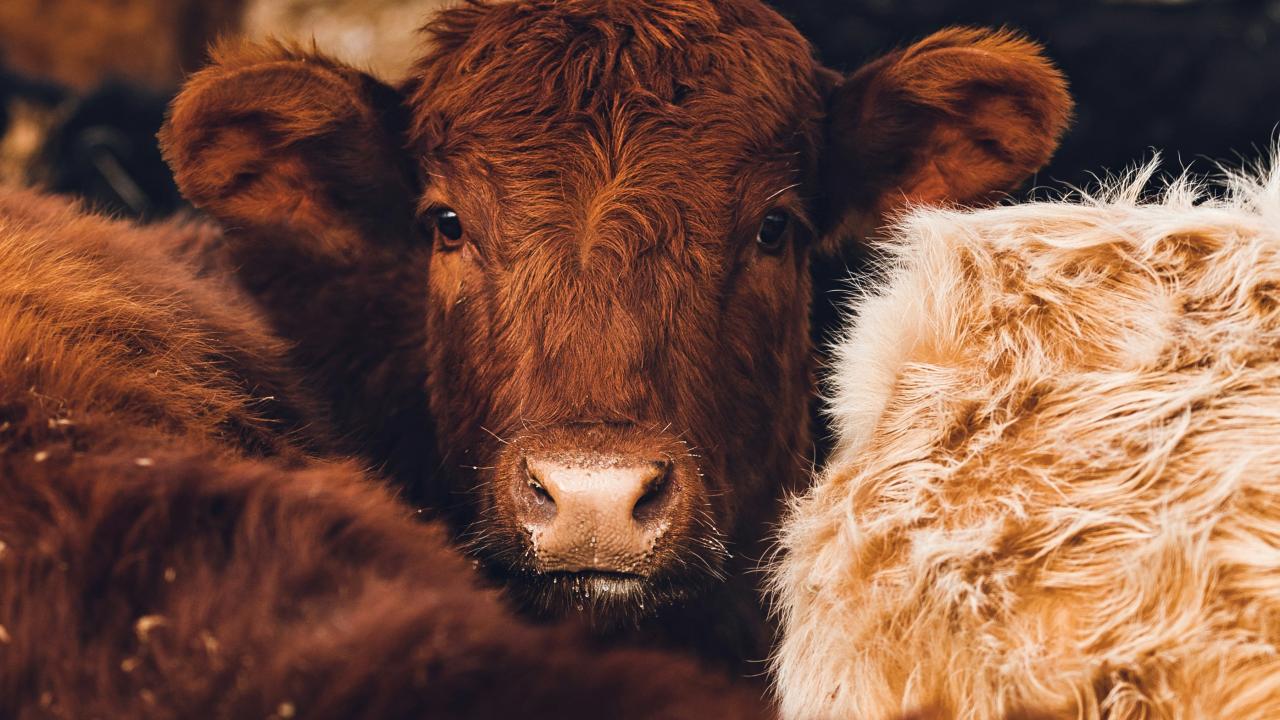Buyers on lookout for mouths to feed

THE positive from recent statewide rain is that it would appear to have set up a good early spring with a few follow-ups needed to make a good spring.
We are seeing some good growth and obviously this feed will need some mouths to eat it and this in turn will put pressure on store cattle prices and over the next few weeks there will be some who will look to source store new seasons lambs from either interstate or local.
Last week agents yarded 952 store cattle at Powranna (the number was capped to be able to fit in the shed as the outside yards were too wet).
The quality was very mixed and not as good as the August sale with many more small lines of small cattle.
The prices for good lines of well bred steers held up well but light steers and most heifers were considerably cheaper.
Heavy yearling steers (over 400 kg) made $1,040 to $1,760, medium (330-400 kg) $1,000 to $1,640 (av. 430c/kg), light $740 to $1,300 (420c) and very small $350 to $760/head.
Most of the heifers were light and made $400 to $1,100 (270c) and very small $360 to $560/head.
Next Thursday Nutrien will hold a sale and the following Thursday Elders and AWN will have a sale and then hopefully the October sales will get back to normal. Interstate cattle markets are holding up pretty well with grown steers, bullocks and cows leading the way with prices in the US still very strong.
There are parts of Victoria, South Australia and NSW that are badly in need of rain to resurrect their season and if this continues the number of unfinished young cattle coming into the market will continue to put pressure on prices.
On Monday at Wagga, there were 726 heavy cows and they averaged 326c/kg liveweight with reports of a couple of buyers back in that market after a few months absence.
The very best heavy (over 400 kg) feeder steers and selling for around 400c/kg.
While on feeder cattle it was interesting to read that Australia’s largest beef processor, JBS, kills 38,000 cattle per week and of these 16,000 to 18,000 are grain-fed (out of feedlots) with that number growing quickly.
It tends to change the dynamics of the beef industry as more producers trend towards producing feeder weight cattle instead of their traditional cow and calf operation.
It is reported that a lot of this is driven by the falling US herd numbers and flows through to the Japanese and South Korean markets where the US have traditionally been strong players and also the U.S. market where the lack of numbers is putting pressure on their local production.

Add new comment